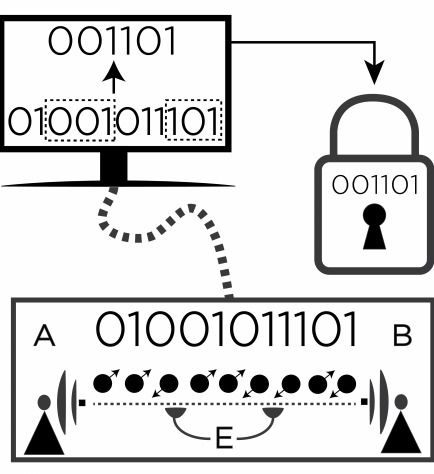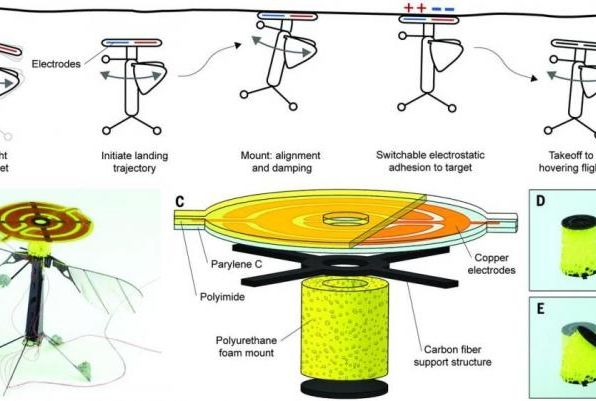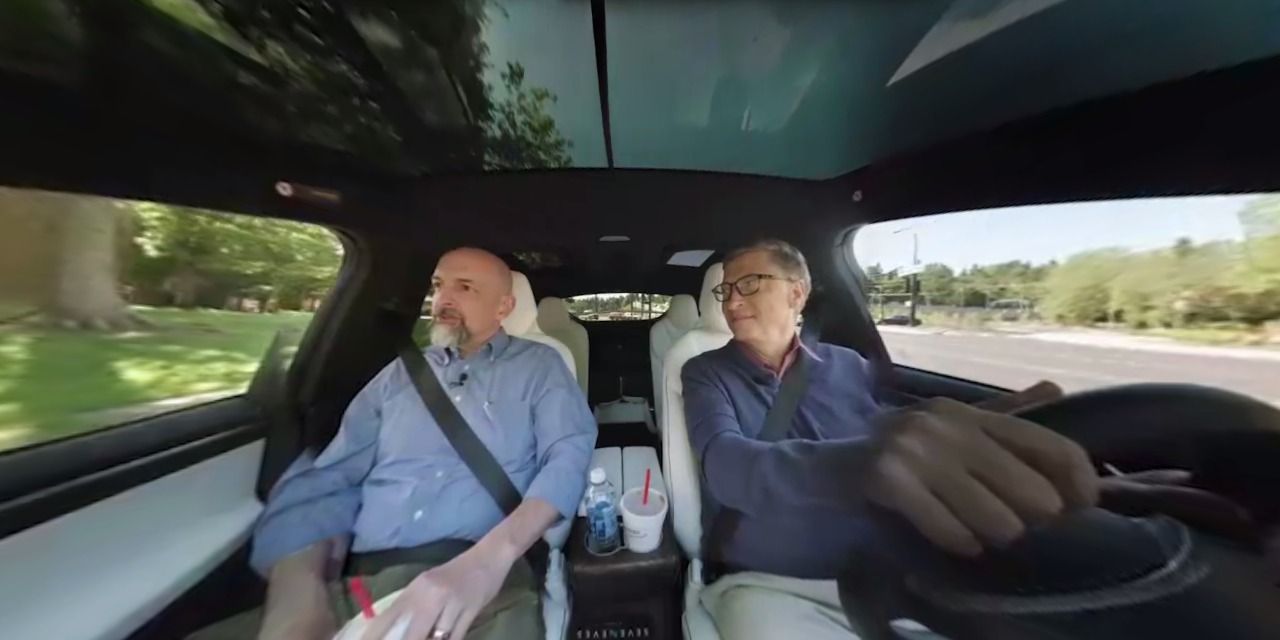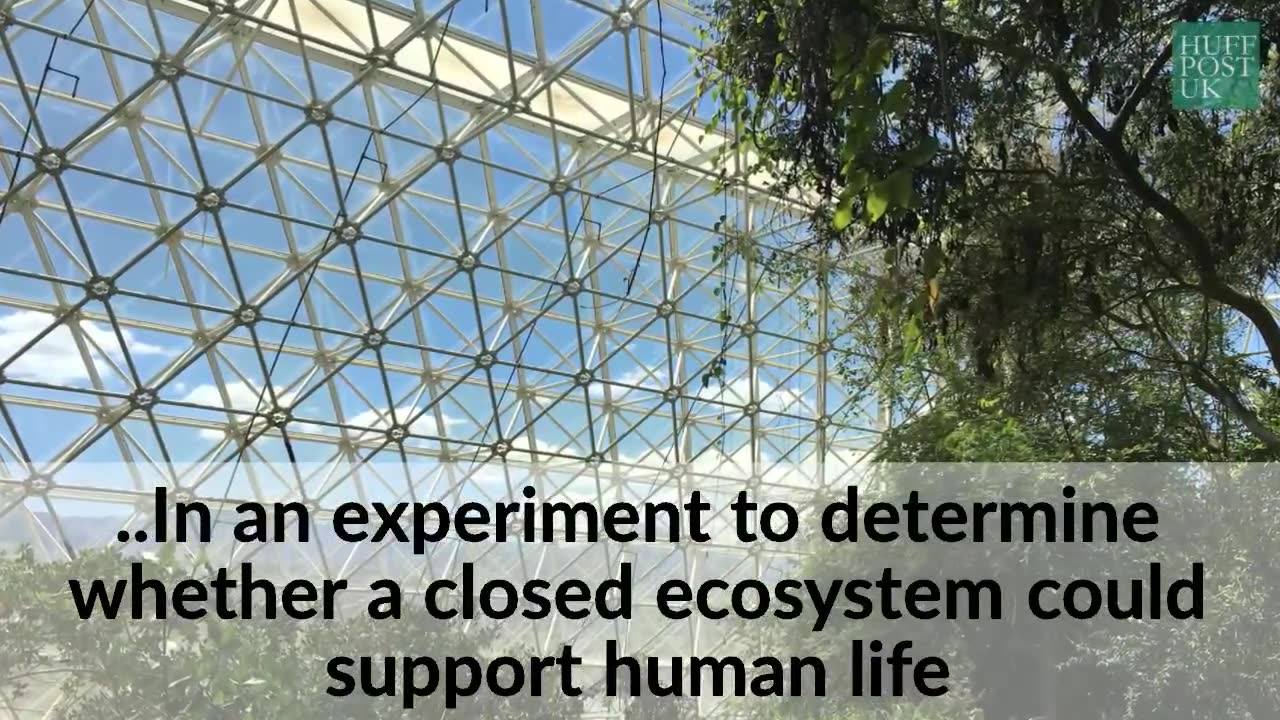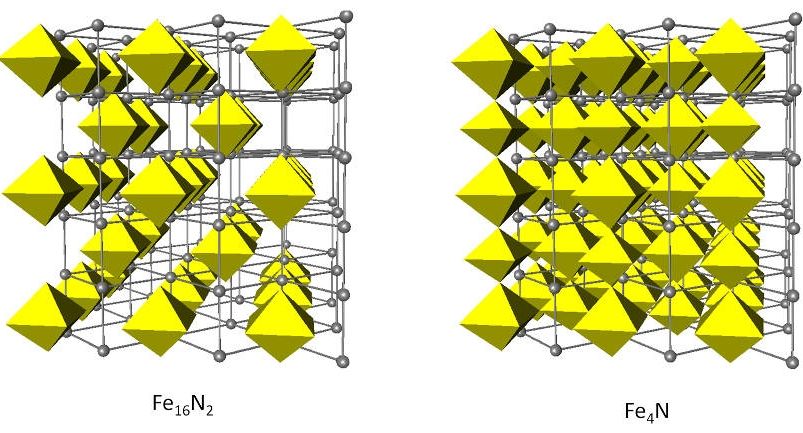May 21, 2016
Computing a secret, unbreakable key
Posted by Karen Hurst in categories: computing, quantum physics, security
Awesome.
What once took months by some of the world’s leading scientists can now be done in seconds by undergraduate students thanks to software developed at the University of Waterloo’s Institute for Quantum Computing, paving the way for fast, secure quantum communication.
Researchers at the Institute for Quantum Computing (IQC) at the University of Waterloo developed the first available software to evaluate the security of any protocol for Quantum Key Distribution (QKD).
